Centrifugal Casting: A Revolution in Metalworks
In the realm of metalworks, one technique stands out as a true revolution: centrifugal casting. This innovative process has been rapidly gaining popularity for its ability to create high-quality, durable metal objects with unmatched precision.
From industrial components to jewelry, centrifugal casting offers endless possibilities. Unlike traditional casting methods, centrifugal casting utilizes centrifugal force to distribute molten metal evenly, resulting in a flawless final product. This technique ensures uniformity in thickness, density, and composition, minimizing defects and enhancing the overall integrity of the metalwork. With its versatility, centrifugal casting has found applications in various industries. It allows for the production of intricate designs with minimal material waste, making it a cost-effective choice for manufacturers.
Moreover, its capability to produce complex shapes and thin-walled cylinders has made it a favorite amongst jewelry designers and artisans. As this groundbreaking technique continues to evolve, the art of centrifugal casting is poised to redefine the way we create metal objects. Whether for industrial or artistic purposes, its unparalleled precision and efficiency make it a game-changer in the world of metalworks. The future of metal casting has arrived, and it spins with centrifugal force.
Advantages of Centrifugal Casting
Centrifugal casting offers numerous advantages over traditional casting methods. One of the key benefits is the ability to achieve uniformity in the thickness, density, and composition of the metal object.
By utilizing centrifugal force, the molten metal is forced towards the outer walls of the mold, resulting in a consistent distribution of material. This uniformity enhances the overall integrity of the metalwork, reducing the risk of defects and improving its strength and durability.
Another advantage of centrifugal casting is its cost-effectiveness. The process allows for the production of intricate designs with minimal material waste. Unlike other casting methods that may require excess material to fill the mold, centrifugal casting ensures that the molten metal is evenly distributed, minimizing the need for excess material and reducing costs. This makes it an attractive choice for manufacturers looking to optimize their production processes without compromising on quality.
Centrifugal casting also offers the flexibility to produce complex shapes and thin-walled cylinders. The centrifugal force generated during the casting process allows for the creation of intricate designs that would be challenging or impossible to achieve with other casting methods. This makes it particularly popular among jewelry designers and artisans who seek to create unique and detailed pieces.
History of Centrifugal Casting
Centrifugal casting has a rich history that dates back thousands of years. The technique was first used by the ancient Egyptians to create bronze statues and other metal objects. They would pour molten metal into a rotating mold, allowing the centrifugal force to distribute the metal evenly and create solid and hollow objects. Over time, centrifugal casting evolved and found applications in various civilizations.
The Romans, for example, used the technique to produce pipes and other cylindrical objects. They recognized the advantages of centrifugal casting in creating uniform and durable metalwork. Centrifugal casting continued to be used throughout history, with advancements in technology leading to improvements in the process. In the 19th century, the development of steam-powered machines allowed for greater control and precision in the casting process. This paved the way for the widespread use of centrifugal casting in industries such as manufacturing and engineering.
The Process of Centrifugal Casting
The process of centrifugal casting involves several steps to ensure the creation of high-quality metal objects. The first step is the preparation of the mold. The mold can be made from various materials, such as sand, ceramic, or metal. It is essential to choose a mold material that can withstand the high temperatures and pressures involved in the casting process. Once the mold is prepared, it is placed on a rotating machine, known as a centrifuge.
The centrifuge is designed to rotate at high speeds, generating the centrifugal force required for the casting process. The mold is securely fastened to the centrifuge to ensure that it remains in place during rotation. Next, the molten metal is prepared. The type of metal used depends on the desired properties of the final product. Common metals used in centrifugal casting include bronze, aluminum, and steel. The molten metal is heated to a specific temperature and then poured into the mold.
As the centrifuge rotates, the molten metal is forced towards the outer walls of the mold. This centrifugal force ensures that the metal is evenly distributed, resulting in a uniform thickness and density. The rotation continues until the metal solidifies, at which point the centrifuge is stopped, and the mold is removed. Once the metal has cooled and solidified, the mold is opened, revealing the final metal object. The object may require additional finishing processes, such as polishing or machining, to achieve the desired appearance and dimensions.
Types of Metals Used in Centrifugal Casting
Centrifugal casting can be used with a wide range of metals, each offering unique properties and advantages. Some of the commonly used metals in centrifugal casting include:
- Gray Iron: Gray Iron is a popular choice for centrifugal casting. Gray Iron is the most common type of ferrous cast material in the world. It is named after the gray color of the fracture surfaces created by it, which is caused by the presence of graphite. Gray Iron is most commonly used for engine blocks, various housings, valve bodies, mold castings, and so on.
- Aluminum: Aluminum is known for its lightweight and high thermal conductivity, making it suitable for applications in the automotive and aerospace industries. Centrifugal casting allows for the production of aluminum components with precise dimensions and excellent surface finish.
- Steel: Steel is a versatile metal that is widely used in various industries, including construction, machinery, and automotive. Centrifugal casting offers the advantage of producing steel components with enhanced strength and structural integrity.
These are just a few examples of the metals that can be used in centrifugal casting. The choice of metal depends on the specific requirements of the application, such as mechanical properties, corrosion resistance, and cost-effectiveness.
Applications of Centrifugal Casting
Centrifugal casting finds applications in a wide range of industries, thanks to its versatility and ability to produce high-quality metal objects. Some of the common applications include:
- Industrial Components: Centrifugal casting is widely used in the production of industrial components, such as pipes, cylinders, and impellers. The technique allows for the creation of complex shapes and thin-walled structures with excellent dimensional accuracy and mechanical properties.
- Aerospace and Automotive: Centrifugal casting is used in the aerospace and automotive industries to produce components with precise dimensions and superior mechanical properties. From engine parts to structural components, centrifugal casting ensures the reliability and performance of these critical applications.
- Jewelry: Centrifugal casting offers jewelry designers the freedom to create intricate and detailed pieces with ease. The technique allows for the production of unique designs, including rings, bracelets, and pendants, with minimal material waste.
- Artistic Sculptures: Artists and sculptors often turn to centrifugal casting to bring their creative visions to life. The process allows for the production of bronze sculptures with intricate details and a smooth surface finish.
These are just a few examples of the applications of centrifugal casting. The technique’s ability to produce high-quality metal objects with precision and efficiency makes it a valuable tool in various industries.
Common Challenges in Centrifugal Casting
While centrifugal casting offers numerous advantages, it is not without its challenges. Some of the common challenges faced in the process include:
- Mold Design: Designing the mold for centrifugal casting can be complex, especially for intricate shapes and thin-walled structures. The mold must be able to withstand the high temperatures and pressures involved in the casting process without deforming or cracking.
- Material Selection: Choosing the right metal for centrifugal casting requires careful consideration of its properties and compatibility with the mold material. Each metal has specific requirements in terms of temperature, cooling rate, and shrinkage, which must be accounted for during the casting process.
- Porosity and Defects: Despite the advantages of centrifugal casting in minimizing defects, porosity can still occur in the final metal object. Proper control of the casting parameters, such as temperature and rotation speed, is crucial to minimize porosity and ensure the integrity of the metalwork.
- Surface Finish: Achieving the desired surface finish can be challenging in centrifugal casting, especially for complex shapes and intricate designs. Additional finishing processes, such as polishing or machining, may be required to achieve the desired surface quality.
These challenges can be overcome with proper design, process control, and expertise. Continuous advancements in centrifugal casting technology are also addressing these challenges, making the process more efficient and reliable.
Innovations and Advancements in Centrifugal Casting
Technology Centrifugal casting technology has come a long way since its inception, with continuous innovations and advancements improving the process’s efficiency and capabilities. Some of the notable advancements include:
- Automated Casting Machines: Automation has played a significant role in revolutionizing centrifugal casting. Automated casting machines offer precise control over the casting parameters, such as temperature, rotation speed, and cooling rate, ensuring consistent and high-quality results.
- Ceramic Molds: The use of ceramic molds has gained popularity in centrifugal casting due to their ability to withstand high temperatures and produce smooth and detailed surfaces. Ceramic molds offer greater design flexibility and can be used with a wide range of metals.
- Vacuum-assisted Casting: Vacuum-assisted centrifugal casting is a technique that utilizes a vacuum to remove air and gases from the mold cavity during the casting process. This helps minimize porosity and increase the density of the final metal object, resulting in improved mechanical properties.
- Simulation Software: The development of simulation software has enabled manufacturers to optimize the centrifugal casting process before physical production. These software tools can simulate the filling and solidification of the metal, allowing for the prediction and prevention of defects.
These innovations and advancements have made centrifugal casting more efficient, reliable, and cost-effective. They have expanded the possibilities of what can be achieved with this revolutionary metal casting technique.
Comparing Centrifugal Casting with Other Casting Methods
Centrifugal casting offers distinct advantages over other casting methods, making it a preferred choice for many applications. Let’s compare centrifugal casting with two commonly used casting methods: sand casting and investment casting.
- Sand Casting: Sand casting is a traditional casting method that involves pouring molten metal into a sand mold. While sand casting is suitable for producing large and complex shapes, it often results in inconsistent wall thickness and surface finish. Centrifugal casting, on the other hand, ensures uniformity in thickness and density, making it ideal for applications that require precise dimensions and mechanical properties.
- Investment Casting: Investment casting, also known as lost-wax casting, involves creating a wax pattern that is coated with a ceramic shell. The wax is then melted, leaving behind a cavity that is filled with molten metal. While investment casting allows for intricate designs and smooth surface finish, it can be time-consuming and expensive. Centrifugal casting offers a faster and more cost-effective alternative for producing complex shapes with excellent dimensional accuracy.
Each casting method has its advantages and limitations. The choice of casting method depends on factors such as the desired design complexity, material properties, and cost considerations.
The Future of Centrifugal Casting in Metalworks
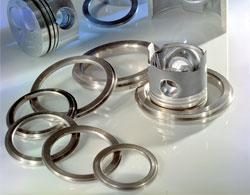
Centrifugal casting has revolutionized the world of metalworks, offering unparalleled precision, efficiency, and versatility. Its ability to produce high-quality metal objects with uniform thickness, density, and composition has made it a preferred choice in various industries, from manufacturing to jewelry design.
As the art of centrifugal casting continues to evolve, we can expect to see further innovations and advancements in the process. Automation, improved mold materials, and simulation software are just a few examples of the technologies that will shape the future of centrifugal casting. With its ability to create complex shapes, thin-walled structures, and intricate designs, centrifugal casting is set to redefine the way we create metal objects. Whether for industrial or artistic purposes, this revolutionary technique offers endless possibilities and opens up new avenues for creativity and innovation in metalworks. The future of metal casting has arrived, and it spins with centrifugal force.

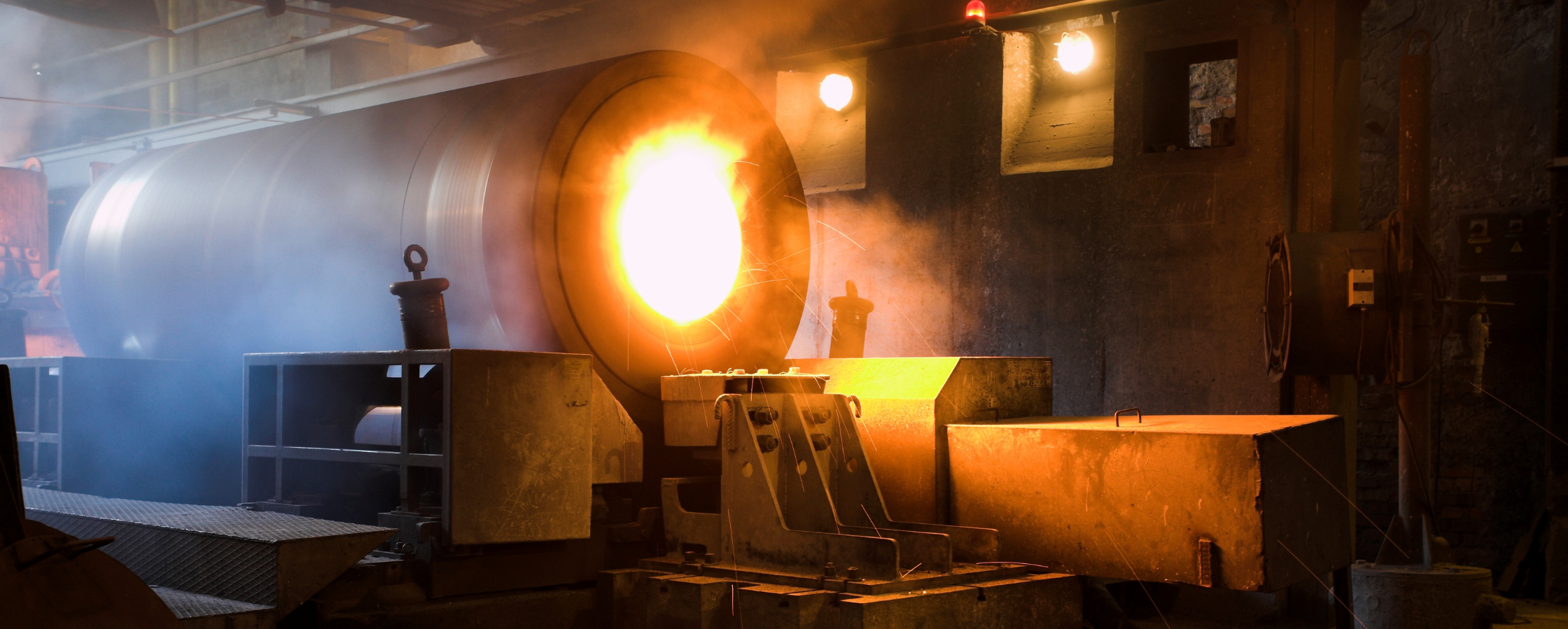
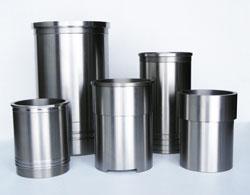
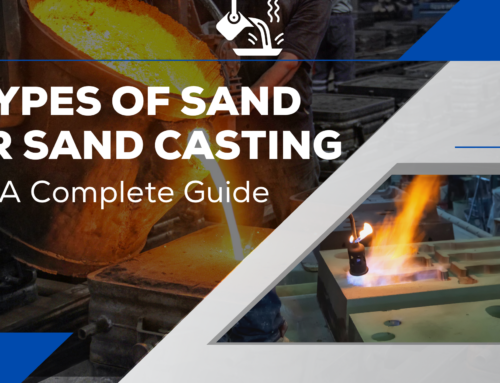

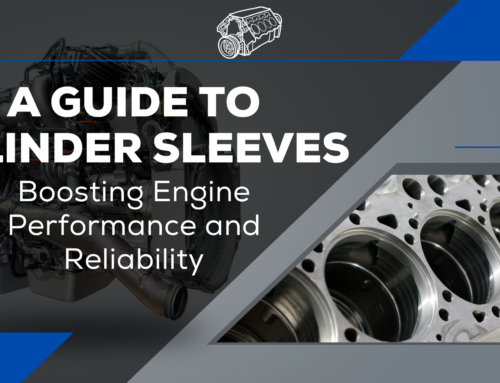
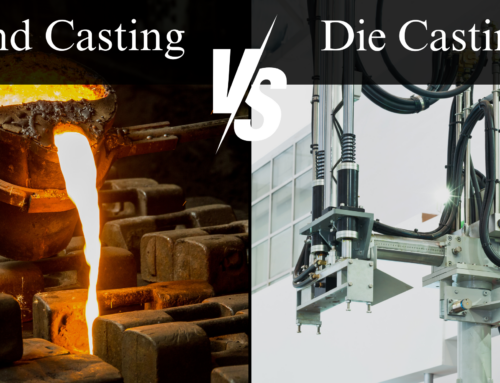
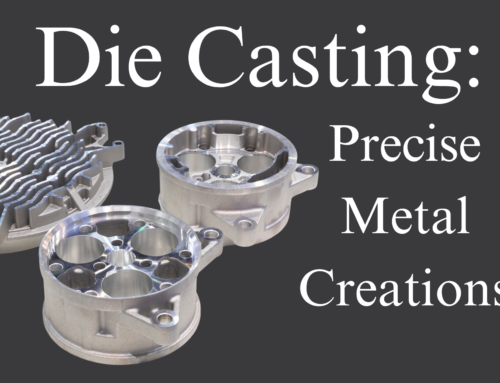
Leave A Comment